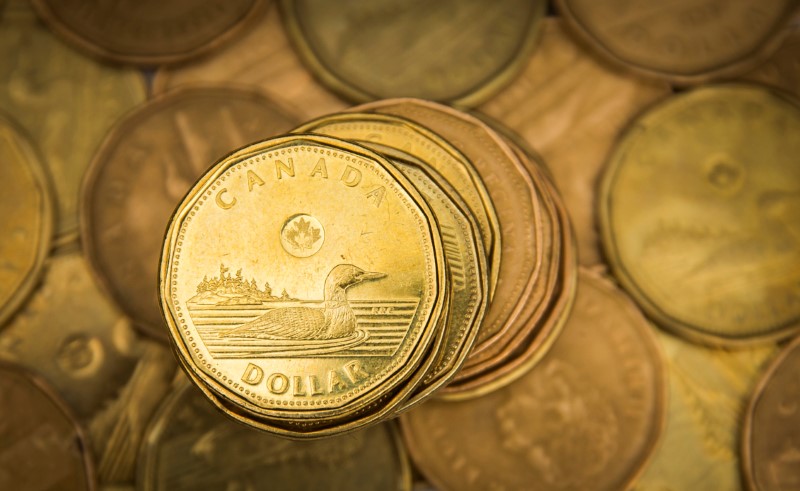By Ketki Saxena
Investing.com -- The Canadian dollar weakened against its US counterpart today as the US dollar was buoyed by rising rate-hike expectations from the Federal Reserve, after a higher than expected increase in the US Producer Price Index, and as the Fed’s minutes from its previous meeting reiterated the rate to keep rates higher for longer.
At 4:55 p.m ET, the USD/CAD pair was up 0.17% in the day’s trading, at C$1.3820 to a greenback, and with the day’s range of 1.3762 - 1.3830.
The greenback received a boost from US PPI data, which rose 8.5% in the 12 months through September, slightly higher than an estimated 8.4% rise, boosting expectations for the Fed to remain aggressive.
The Fed minutes meanwhile “underlined the need to maintain a restrictive stance for as long as necessary”, and that the central bank continues to believe the cost of taking too little action to bring down inflation likely outweighed the cost of taking too much action.
The US central bank will likely take its policy rate higher, and hold it higher for longer than the Bank of Canada, which presents a further headwind to the loonie.
Nathan Janzen, Chief Economist at RBC (TSX:RY) notes that “While the Bank of Canada is expected to lift the overnight rate to 4%, the U.S. Federal Reserve will likely hike to between 4.5% and 4.75% by early 2023.” He calls for the Bank of Canada to pause rate hikes in late 2022.
The Canadian dollar was also pressured by risk aversion as worries of a global economic slowdown mounted, and the continued slide in crude prices as worries of slowing economic activity worsened concerns of demand destruction for the commodity.
On a technical level, Christopher Vecchio, CFA, Senior Strategist at Daily FX notes “USD/CAD rates are consolidating in an ascending triangle formed over the past three weeks, and contextually after the prior bullish breakout, the ascending triangle should be viewed as a continuation effort to the topside… A breach of the October high at 1.3855 would suggest that a bullish breakout has begun.”
Vecchio also notes that retail trader data shows 32.50% of traders are net-long with the ratio of traders short to long at 2.08 to 1. The number of traders net-long is 1.22% higher than yesterday and 32.61% lower from last week, while the number of traders net-short is 5.33% lower than yesterday and 2.18% higher from last week.
Tomorrow’s much awaited US Consumer Price Index will next provide impetus for the pair.
